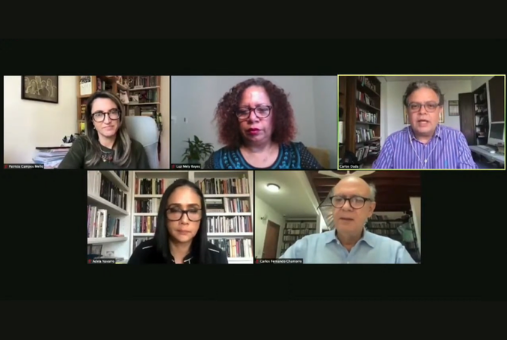
Government harassment against journalists has become a trend in Latin American countries, with leaders often using the strength of state institutions, such as the judiciary and police, to discredit and even silence the press.

Governments of several Latin American countries have struck back after the U.S. State Department released its report on human rights practices around the world, including comments regarding freedoms of expression and of the press. However, the annual reports, which are now in their 45th edition, are welcomed by press freedom and journalism groups in nations […]
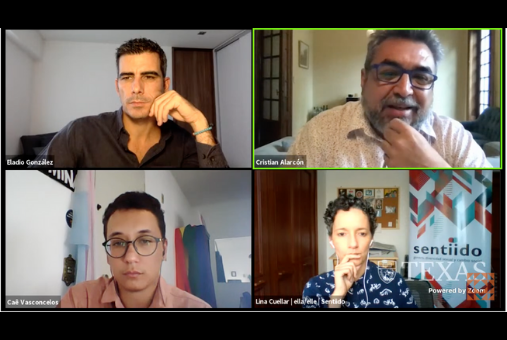
Panel on sexual orientation of the First Latin American Conference on Diversity in Journalism, talks about sexual diversity in journalism as the intersection between gender, race and social class.
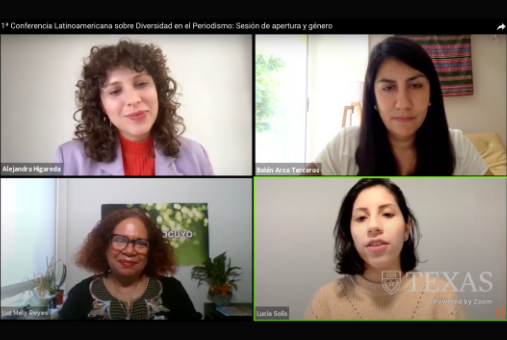
"The world is told through the eyes of man and that will never be objective," said journalist Lucia Solis Reymer, in a panel on gender at the First Latin American Conference on Diversity in Journalism, held completely online from March 26 to 27, 2021.
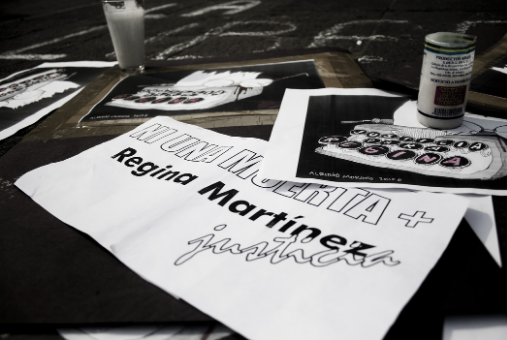
An investigation by a coalition of international human rights organizations revealed several leads about the 2012 murder of Mexican journalist Regina Martínez and listed urgent guidelines for the judiciary to reopen the case.

A total of 138 young people between the ages of 18 and 35, responded to surveys for a study by CIMA, to inquire about news consumption habits and new technologies in young audiences in low- and middle-income countries like Mexico and Colombia.
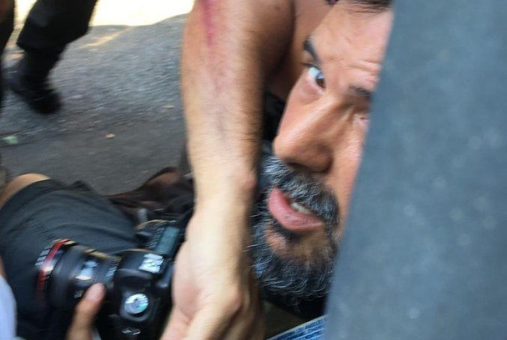
In their mission to document the events, many photojournalists in Latin America suffer attacks or arrests by the police.
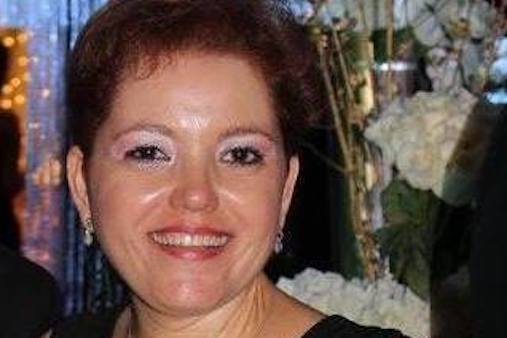
In a move celebrated by journalists and press freedom advocates, Mexican officials announced the arrest of a former mayor in the 2017 murder of journalist Miroslava Breach.

A data journalism project investigating thousands of cases of women missing in Mexico won $10,000 in financing and hands-on data visualization training, in a very competitive contest organized in a partnership between Microsoft and the Knight Center for Journalism in the Americas at the University of Texas at Austin.
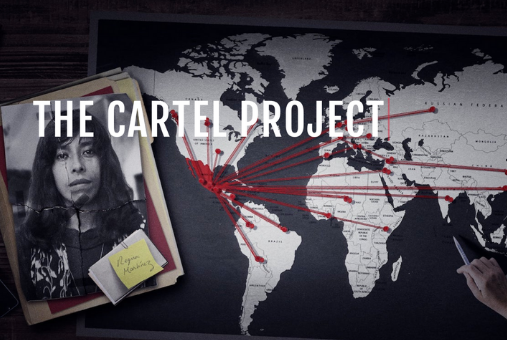
Sixty journalists from 25 media outlets in 18 countries got involved in The Cartel Project, which investigated the vested interests behind the murders of journalists who covered violence and organized crime in Mexico.
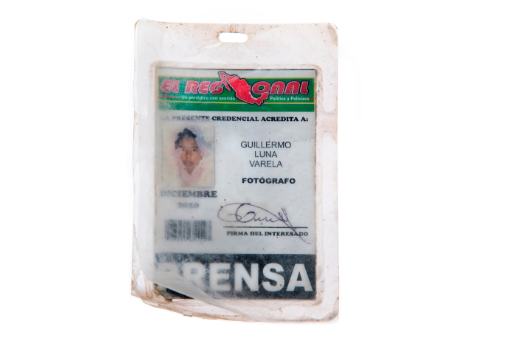
Proyecto Vestigios launched on December 6. This photojournalistic project was created by Félix Márquez of Veracruz, Mexico, and tells the story of seven journalists murdered in his state between 2011 and 2015.

The narrative journalism podcasts Praia dos Ossos and The Red Note start with crimes committed decades ago, to address a reality that persists in the region: systemic violence against women and a macho culture that blames the victims